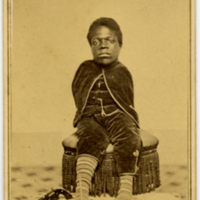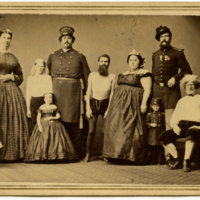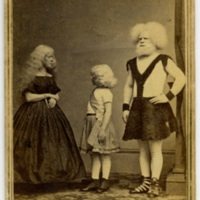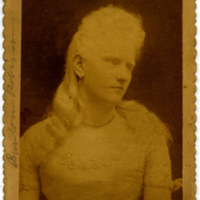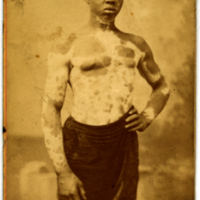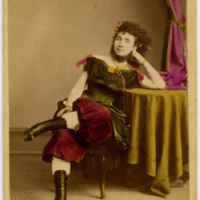Frontiers of the Human Body
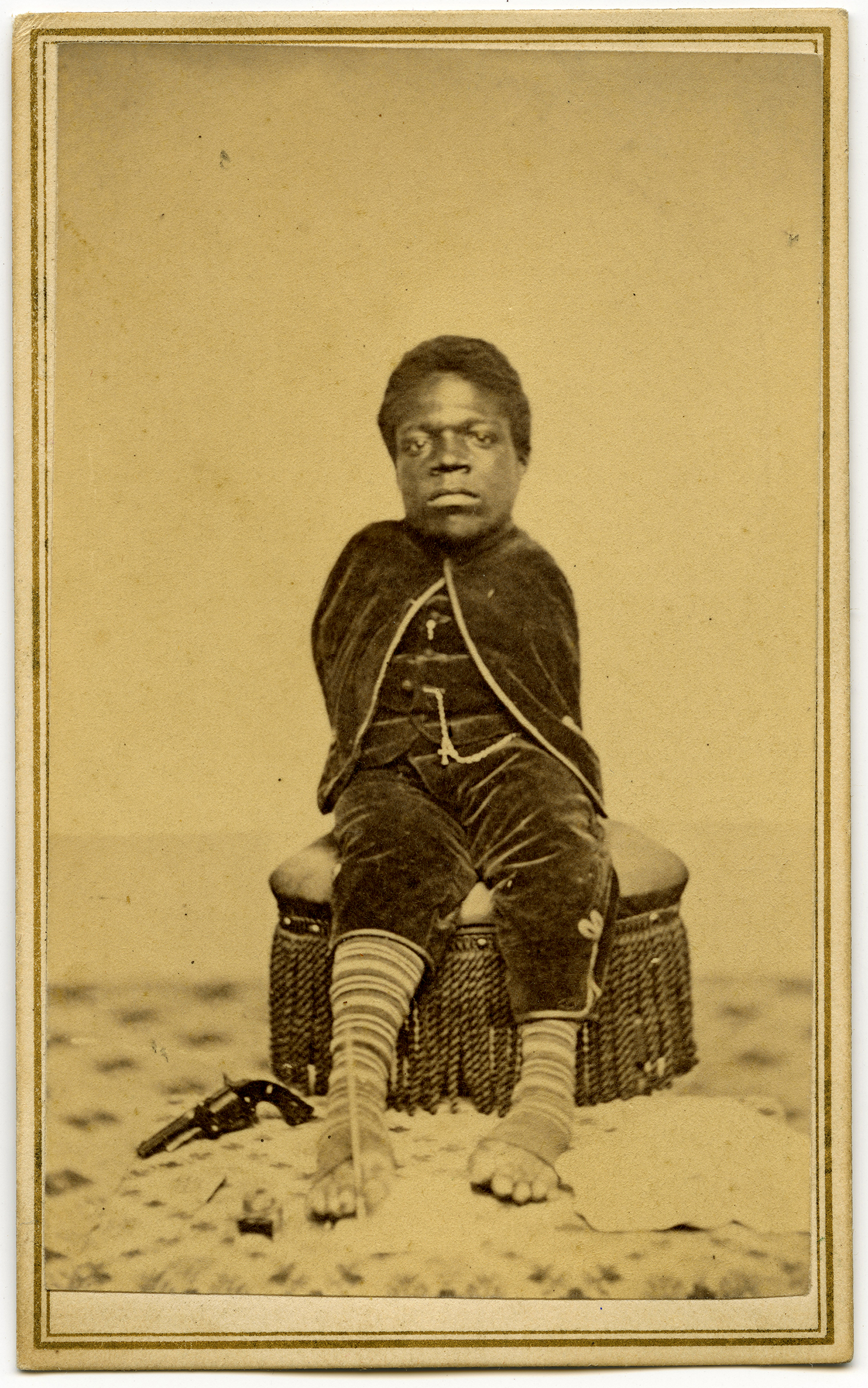 The 19th century was fascinated with the human body. We tend to think of modern Americans as especially obsessed with the body. given our fixations on exercise, dieting. plastic surgery, and other body-image crazes.
The 19th century was fascinated with the human body. We tend to think of modern Americans as especially obsessed with the body. given our fixations on exercise, dieting. plastic surgery, and other body-image crazes.
But in 19th century America, the fascination with the body expressed itself in equally obsessive ways, because the body was the marker of who could be free, who could have power, who could vote, and above all, who could count as entitled to the full dignity of being human.
Race, as a visible feature of the body. served then as one of the most decisive markers for where a person fits in the social and political world. Even though this remains true today (and viewers might reflect on how much it does by viewing these images), in the 19th century, the boundary line of race was nearly iron-clad as a social marker.
Nearly iron-clad: because as the images in this exhibition show, there was a deep anxiety about whether the body actually does provide a clear and unambiguous guide to what and who people are. The great entertainers and showmen of the 19th century, such as P. T. Barnum, played upon and preyed upon this anxiety by creating the "freak show" as part of their museum and circus attractions, where they would exhibit human beings who challenged their visitors' sense of clear categories to the world.
We invite viewers to consider which of these categories we still obsess about. What stands in our way of seeing the humanity of every-and anyone of us?

